How Gujarat Model has come back to haunt the BJP in Gujarat
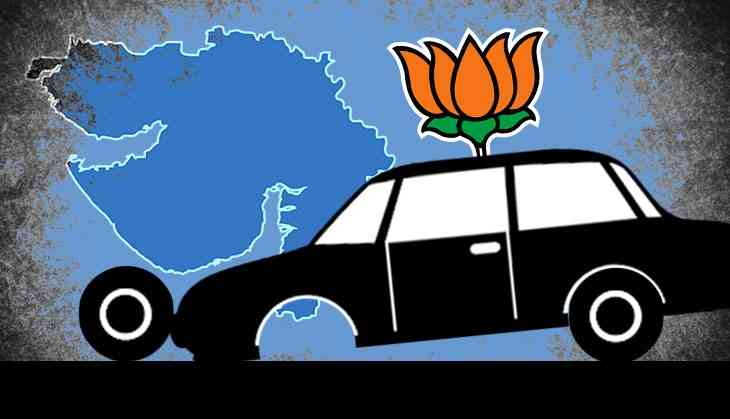
For the critics of Prime Minister Narendra Modi, the much hyped 'Gujarat Model' built during his tenure as the chief minister of the state was always a house of cards. Their stand is fast being vindicated in the manner this house of cards is threatening to crumble because of a small rattle.
One has to look at the things on the street to understand what this model has always been and how it is unraveling. With the lid on the suppressed public sentiment coming off, what is on display is a sudden and violent outburst of anger on the streets. Otherwise nobody could have ever dreamt a decade back that people in a city like Vadodara would tie up an elected Bharatiya Janata Party (BJP) municipal councillor to a tree and thrash him over a slum demolition. Or for that matter one could see agitated women heckling a BJP leader on the streets and the latter saying that Modi is to be blamed for their ills and they should approach him.
Till Modi came on the scene, the state was always known as 'Gandhi's Gujarat' that stood for tolerance and non-violence despite communal violence being endemic. The image of the state was that of a peace-loving one. But all that changed after the 2002 anti-Muslim pogrom that had followed the Godhra incident that saw 58 Karsewaks being burnt alive. The image of the state took a beating across the world and the place came to be known as Modi's Gujarat. There was no remorse among the majority on the ground for what had happened. This reporter himself had seen people on the roads proclaiming with pride, “We have come out of the shadow of Gandhi's philosophy (of non-violence).”
Gujarat model unravels
“What started evolving after 2002 was the 'Gujarat Model' with economic interests overriding all others and the government donning the role of a service provider. This model worked on two levels. The first one was symbolic where things like Ahmedabad River Front, statue of Sardar Patel, a river front in Bharuch, beautification of Kankaria Lake in Ahmedabad in all their grandeur was dished out. This was accepted by the middle and upper classes but not the poor because it had all come at their cost. But their voices were never heard even in the media," points out a young professional from Unjha in North Gujarat.
This youngster who is also a poet and a playwright with a keen eye on the social and political developments, further points out that the BJP faltered on the second stage of the model when after displaying grandeur, it failed to deliver on things that mattered, to even the middle classes. Prices rose and trade was hit because of Goods and Services Tax (GST), demonetisation and the stagnation in manufacturing.
“When this model hit their kitchens, they have come out hitting at the government. Feeling bolstered, the poor too have started showing their anger. The Gujarat government meanwhile was too busy playing up the tune being set by Modi in Delhi after 2014 on things like Swacchata Abhiyan etc. that it ignored its own priorities which were set by none other than Modi,” he added while pointing that the BJP councillor received the thrashing for nothing else but roads and housing.
Another important aspect of this model is the manifestation of violence which always had a role to play. It is this violence which is now being playing out on the streets as thrashing and heckling of elected public representatives belonging to BJP, abuse of police personnel etc. And none of this comes as a shock. All these things are definitely not healthy for a democracy. But then all this is the outcome of the model that was propagated by Modi for all these years. It does not matter who is indulging in such acts. Even today there are reports of some alleged Congress workers throwing eggs on the car of Jamnagar Mayor.
Eminent political commentator Achyut Yagnik says that the manifestation of violence comes from the traces of feudalism present in the Gujaratis society. “Gujarat is often seen in terms of Gandhi, non-violence and vegetarianism. But one needs to see that till independence a majority of it comprised princely states, particularly in Saurashtra where these states did not go beyond a few villages. The outbursts being seen now are traces of that feudalism,” he told Catch.
This model centered around the concept of hate. The hated figures could be Christians, Muslims, Dalits, political critics, opponents etc. The game was to polarise people, shout down critics and resort to violent means.
Violence as a method of protest took root over the last two decades. The Modi era saw BJP leaders moving around with violent supporters forcibly shutting down stalls serving eggs and non-vegetarian food in the so called 'Hindu' part of Ahmedabad. Such acts were also reported from other parts of the state very often.
“Even in terms of development, their definition always ended with infrastructural development. Anyone questioning them on human index of development was shouted down. Now the BJP as a party and the government is getting a taste of its own medicine,” says a senior media person based in Ahmedabad.
First published: 20 October 2017, 2:16 IST

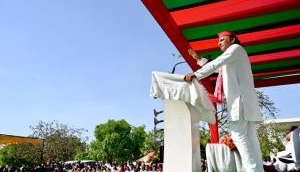
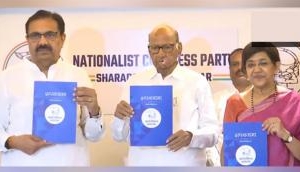
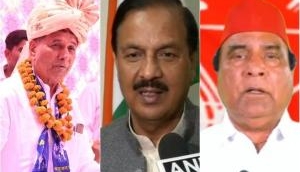
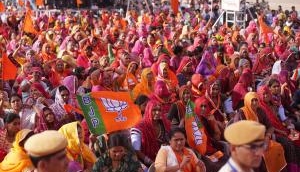

![BJP's Kapil Mishra recreates Shankar Mahadevan’s ‘Breathless’ song to highlight Delhi pollution [WATCH] BJP's Kapil Mishra recreates Shankar Mahadevan’s ‘Breathless’ song to highlight Delhi pollution [WATCH]](http://images.catchnews.com/upload/2022/11/03/kapil-mishra_240884_300x172.png)

![Anupam Kher shares pictures of his toned body on 67th birthday [MUST SEE] Anupam Kher shares pictures of his toned body on 67th birthday [MUST SEE]](http://images.catchnews.com/upload/2022/03/07/Anupam_kher_231145_300x172.jpg)






